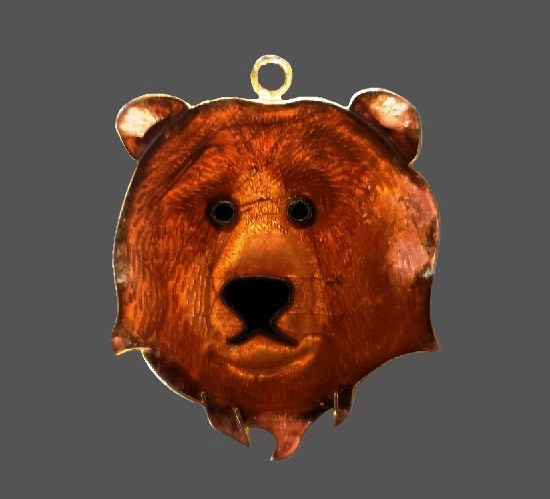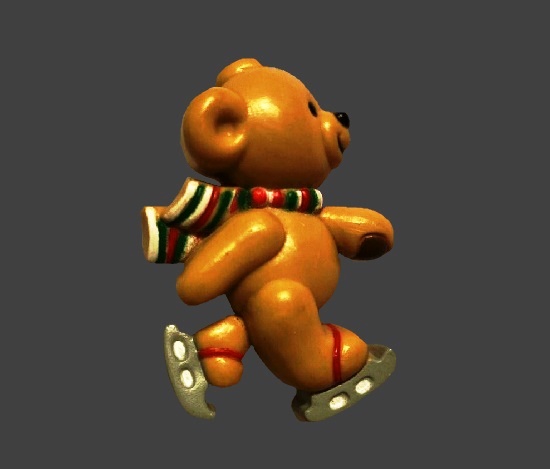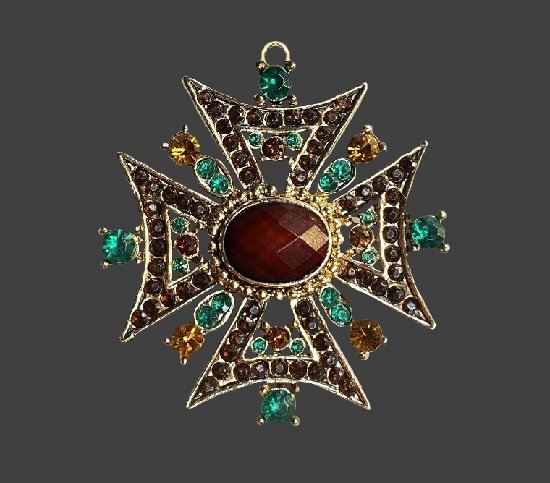Signed J Ritter vintage costume jewelry

Christmas Tree brooch pin. Copper tone pewter, rhinestone. 1960s. Signed J Ritter vintage costume jewelry
Signed J Ritter vintage costume jewelry
Phoenix Arizona based jewelry company J. Ritter Co. was a family business of John Ritter (1916-2004) and his German born wife Margaret K. Ritter (died 2011). Married in 1943, the couple settled in Schenectady, NY.
John Ritter worked for the renowned Eastman Kodak Co. for the production of everything related to photography. However, they both decided to move to Scottsdale, falling in love with the desert landscapes of the southwest. It was there that John and Margaret founded their company J. Ritter. The business was very successful and the company supplied jewelry to the largest stores in the Southwest for two decades.
Founded in the 1960s, the company ceased to exist in the early 1980s. Traditionally, the company’s craftsmen used metal alloys, as well as gold, silver, crystals, and art glass imitating precious stones. The markings on the back of the products include the full name of the company J.Ritter and a copyright sign. John had registered patents for nearly all of his designs, according to the official US Patent Office newspapers of the 1960s and 1970s. Most notable of them were Roadrunner and Cactus pins patented in 1965.





